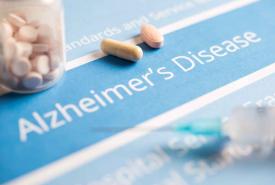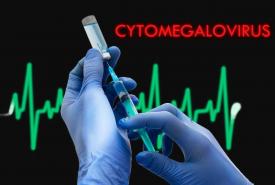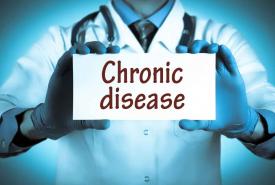FDA granted Breakthrough Therapy designation to pneumoniae vaccine
Affinivax, Inc and Astellas Pharma Inc announced results from the Phase 2 clinical trial of ASP3772, a novel vaccine candidate targeting Streptococcus pneumoniae. Developed using Affinivaxs proprietary MAPS (Multiple Antigen-Presenting System) platform technology, ASP3772 is designed to offer both B-cell (antibody) and T-cell immune protection against Streptococcus pneumoniae. ASP3772 includes 24 pneumococcal polysaccharides, as well as two conserved pneumococcal proteins. The results from the Phase 2 clinical trial demonstrated that ASP3772 was well tolerated.




















